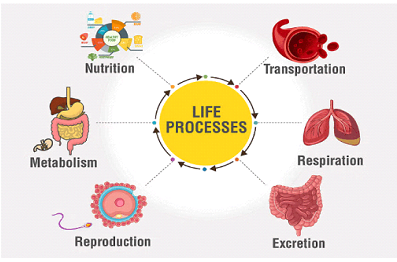Welcome to our comprehensive guide on Carbon and Its Compounds Class 10 notes. This chapter is a significant part of the Class 10 Science syllabus and lays a strong foundation for advanced chemistry topics in higher studies. Our detailed notes are designed to help students grasp the core concepts and excel in their exams.
Introduction to Carbon and Its Compounds
Carbon is a nonmetallic element that occupies a unique position in the periodic table. It is the basis of all known life on Earth due to its ability to form a vast number of compounds. This property is attributed to its tetravalency and catenation, which allow carbon to form long chains and rings with other carbon atoms.
Key Characteristics of Carbon:
- Tetravalency: Carbon has four electrons in its outer shell, which allows it to form four covalent bonds with other atoms.
- Catenation: The ability of carbon atoms to link with each other to form long chains or rings.
- Formation of Multiple Bonds: Carbon can form single, double, and triple bonds with other atoms.
Types of Carbon Compounds
Carbon forms a vast range of compounds, primarily divided into two categories:
- Saturated Compounds: These compounds contain single bonds between carbon atoms. Alkanes are an example, with the general formula CnH2n+2.
Carbon and its Compound class 10 PDF!
120 min ReadImportant Compounds of Carbon
- Hydrocarbons: Compounds made entirely of carbon and hydrogen.
- Alcohols: Organic compounds containing hydroxyl (-OH) groups.
- Aldehydes and Ketones: Compounds with carbonyl groups (C=O).
- Carboxylic Acids: Organic acids with carboxyl (-COOH) groups.
Chemical Properties of Carbon Compounds
- Addition Reactions: Unsaturated hydrocarbons undergo addition reactions.
- Example: Ethene reacts with hydrogen in the presence of a catalyst to form ethane.
- Substitution Reactions: Alkanes undergo substitution reactions where another atom or group replaces one hydrogen atom.
Important Reactions Involving Carbon Compounds
- Esterification: Reaction of an alcohol with a carboxylic acid to form an ester.
- Saponification: Hydrolysis of esters in the presence of bases to form alcohol and soap.
Functional Groups in Carbon Compounds
Functional groups are specific groups of atoms within molecules that are responsible for the characteristic chemical reactions of those molecules. Typical functional groups include:
- Hydroxyl Group (-OH): Found in alcohols.
- Carbonyl Group (C=O): Found in aldehydes and ketones.
- Carboxyl Group (-COOH): Found in carboxylic acids.
- Amino Group (-NH2): Found in amines.
Significance of Carbon Compounds
- Biological Importance: Carbon compounds form the basis of all life processes. Proteins, carbohydrates, lipids, and nucleic acids are all carbon-based.
- Industrial Applications: Carbon compounds are crucial in industries for producing fuels, plastics, synthetic fibres, and more.
Conclusion
Mastering the topic of carbon and its compounds is essential for Class 10 students as it builds a foundational understanding of higher studies in chemistry. By comprehending the properties, reactions, and applications of carbon compounds, students can develop a strong grasp of organic chemistry.


